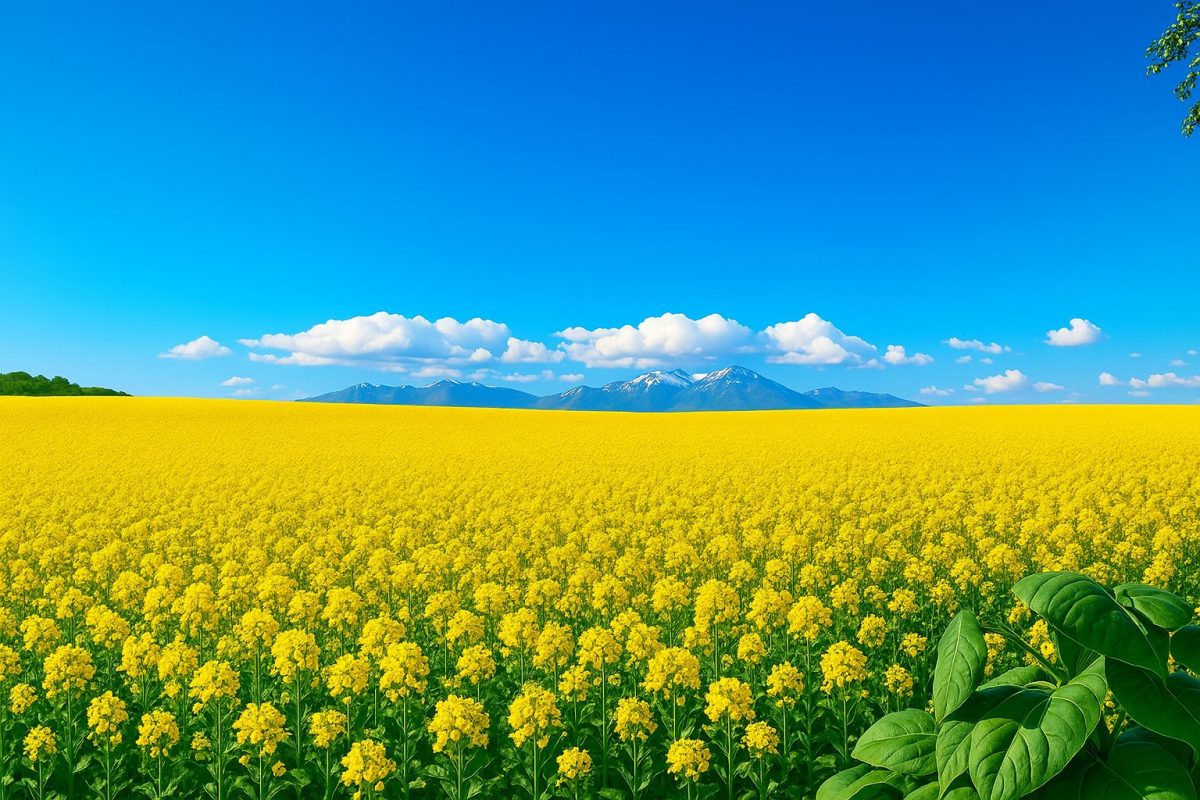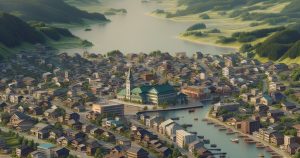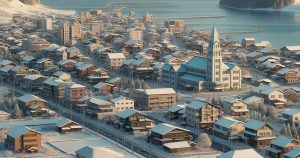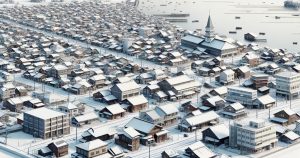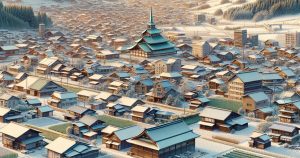| population | 36,001 peoples |
|---|---|
| area | 115.90 km² |
| population density | 311 peoples/km² |
Takikawa City, located in the central region of Hokkaido within the Sorachi Subprefecture, serves as the core city of the “Central Sorachi” area. Surrounded by the fertile Sorachi Plain and the confluence of the Ishikari and Sorachi Rivers, it has developed as a balanced city where agriculture, commerce, and industry coexist. Since the Meiji era, settlers and the legacy of Ainu culture have shaped its unique history. Takikawa is also famous as the birthplace of “Matsuo Jingisukan,” a marinated lamb dish beloved throughout Hokkaido. Today, the city is known for its lively local festivals such as the Takikawa Nanohana (Canola Flower) Festival in spring, Takikawa Summer Festival in summer, and Takikawa Fureai-no-Sato Snow Festival in winter. With glider fields along the Ishikari River and scenic landscapes, Takikawa is a place where nature, culture, and community coexist harmoniously, offering visitors warmth, beauty, and discovery.
Culture and Traditions
The name “Takikawa” originates from the Ainu term So-rapchi-pet, meaning “a river with many waterfalls.” The area developed rapidly during the Meiji era as settlers, including tondenhei (pioneer soldiers), established agricultural communities. Agriculture remains central to its culture—especially wheat, soba buckwheat, onions, and canola. The city’s vast canola flower fields, covering over 200 hectares, are among the largest in Japan and attract numerous visitors each spring.
The local dialect, a variant of the Hokkaido accent, reflects the warmth and hospitality of the people. Community-based events such as the Hokkaido Gishi Festival and the Nanohana Festival embody a deep sense of regional pride. Takikawa is also known as the setting for the NHK morning drama “Chocchan”, based on the life of Tetsuko Kuroyanagi’s mother. The Takikawa Museum of Art and Natural History houses the fossil of the “Takikawa Sea Cow,” a rare and scientifically important species designated as a Hokkaido Natural Monument. In this city, history, culture, and the natural environment beautifully intertwine, embodying the true essence of Hokkaido.
Local Specialties
- Matsuo Jingisukan: Originating in Takikawa, this seasoned lamb dish has become a culinary symbol of Hokkaido. At the Matsuo Jingisukan Main Restaurant, visitors can enjoy tender lamb marinated in a secret sauce—a must-try for all travelers.
- Takikawa Canola Oil: Extracted from locally grown canola seeds, this fragrant oil is ideal for salads and tempura, and is also used as eco-friendly biofuel. The golden fields of flowers are a symbol of the city.
- Takikawa Soba (Buckwheat): One of Japan’s top-producing regions for buckwheat, particularly in the Ebeotsu district. The noodles are known for their rich aroma and firm texture, with annual soba festivals held in autumn.
- Takikawa Wine: Locally made from grapes cultivated in the Maruka Highlands, these wines are appreciated for their elegant aroma and fruity character, often featured in local restaurants.
- Haru-Yutaka Wheat Products: “Haru-Yutaka,” a high-quality Hokkaido wheat variety, is used in local bread, ramen, and pasta, promoting farm-to-table food culture within the community.
Annual Events
- Takikawa Nanohana (Canola Flower) Festival (Mid-May): Held across the Maruka Highlands, the festival features breathtaking fields of yellow flowers stretching over the hills. It’s a popular spot for photographers and nature lovers.
- Takikawa Fureai-no-Sato Snow Festival (February): Hosted at Takikawa Fureai-no-Sato, this family-friendly winter event showcases snow sculptures, illuminations, and ice activities, creating a magical winter atmosphere.
- Takikawa Summer Festival (Early August): A major city celebration held around the central shopping district, featuring a citizens’ dance parade, food stalls, and vibrant local performances.
- Takikawa Fireworks Festival (August): Taking place along the Ishikari Riverbanks, this grand display launches about 3,000 fireworks, lighting up the summer sky over Takikawa.
- Hokkaido Gishi Festival (December 14): A unique event commemorating the 47 Ronin’s historical raid. Citizens dress as samurai and parade through the streets, alternating annually with nearby Sunagawa City’s Kita-Sengakuji Temple.
Access
- By JR from New Chitose Airport: Take the JR Rapid Airport train to Sapporo (about 40 minutes), then transfer to the Limited Express “Kamui” or “Lilac” on the Hakodate Line to reach Takikawa in approximately one hour.
- By JR from Sapporo: Direct access via the Limited Express on the Hakodate Line in about one hour. All express trains stop at Takikawa Station.
- By Car: About 1.5 hours from Sapporo via the Dōō Expressway (exit at Takikawa IC). A scenic drive through the Hokkaido countryside.
- By Highway Bus: Direct intercity buses operate from Sapporo Station to Takikawa City (around two hours), offering an affordable and comfortable alternative.
Tourist Attractions
- Takikawa Museum of Art and Natural History – Home to the “Takikawa Sea Cow” fossil and rotating art exhibitions. A blend of science and culture in one space.
- Takikawa Local History Museum – Exhibits historical artifacts from the pioneer era, including tondenhei soldier documents and agricultural tools.
- Maruka Highlands Observatory – Offers panoramic views of Takikawa City and the Ishikari River. Glider flights are available for adventure seekers.
- Takikawa Fureai-no-Sato – A popular hot-spring and recreation complex with camping facilities, onsen baths, and local cuisine.
- Takikawa Centennial Memorial Tower – A monument celebrating 100 years of city history and progress, overlooking the surrounding landscape.
